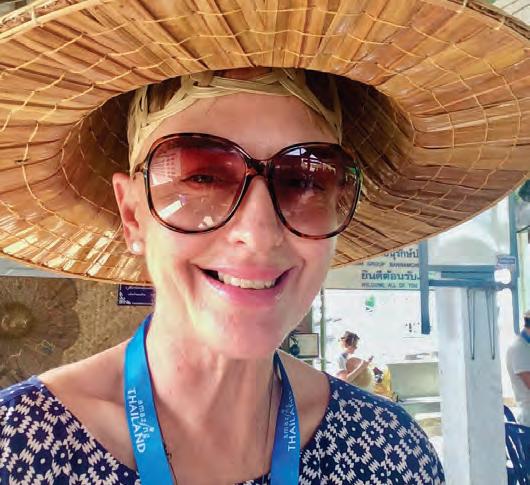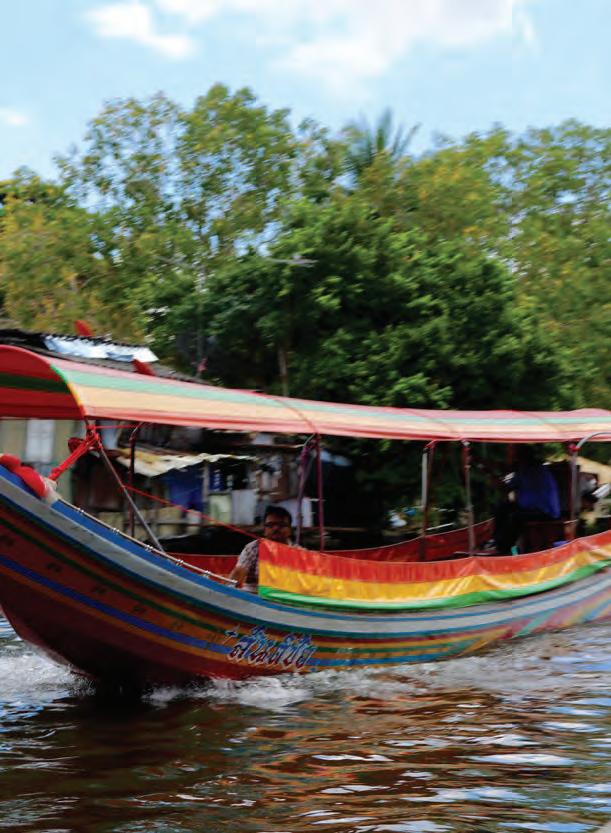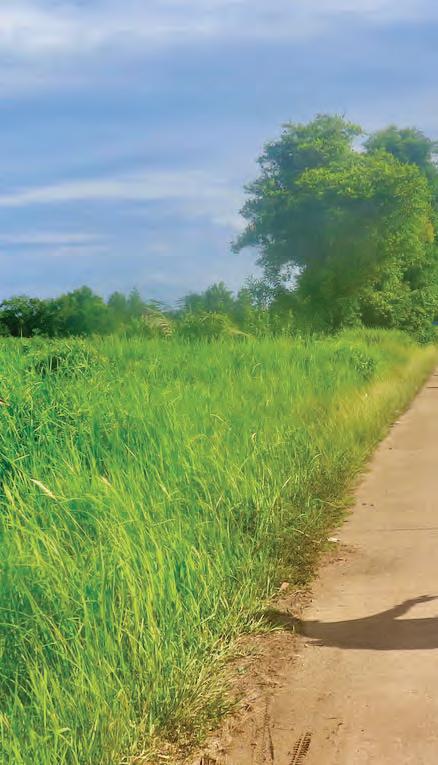
6 minute read
Thailand, a green perspective, a visit to Trat and Bangkok
THAILAND
A Green Perspective
Advertisement

my first visit to Trat and Bangkok
words -Dawn Jorgenson pics - Dawn Jorgenson / Sourced
There’s a strong smell of incense as I enter the temple, the sweet-spicy aroma wafting gently on the warm air. Monks in orange robes chant their prayers as they gently rock back and forth. The moon has moved a call to prayer and the community has gathered in unison, bringing with them offerings of coins, lotus flowers and fruit. I drop to my knees, lower my head and welcome the holy water sprinkled onto me, while meaningful words I don’t understand are said.
I think back to my first visit to Thailand a few years, where the focus was on discovering a greener side to this soughtafter destination where Buddhist temples, spectacular islands, white beaches, a rich history and unique culture are the drawcards. Not to mention the delicious Thai food and healing massages. This visit saw my arrival in Bangkok for a night’s rest, before travelling to Trat where I would meet local communities and learn about their symbiotic relationship with the surrounds. Trat, a province in Thailand’s south eastern corner, borders Cambodia along the Cardamom Mountains. A true and honest look at the gentleness

and respect with which these special communities co-exist with nature and how openly they are prepared to share their lives with visitors and tourists.
With a coast on the Gulf of Thailand, the province encompasses numerous islands with white-sand beaches and coral reefs, many of which lie within Mu Ko Chang National Park. The largest island is Ko Chang, known for its dense jungle, waterfalls and offshore coral reefs, plus Bang Bao village with its houses on stilts.
Chong Changtune Community
The Chong Changtune community aims its focus on the tradition of health and wellness, which is deeply ingrained in their culture. Enjoy a deep Thai massage with herbal compress ball treatment and Spa de Chong, a herbal steam treatment in a woven chicken coop that was invented here. There is a strong passion here for natural and cultural conservation and this was evident as we walked the area provided for tree plantation and the nature walk. The Chong people live strongly by their philosophy “whatever we take from nature, we have to give back”.
The community is dedicated to natural and cultural conservation. They are replanting many kinds of plants and herbs in the area, which are no longer commonly found in the

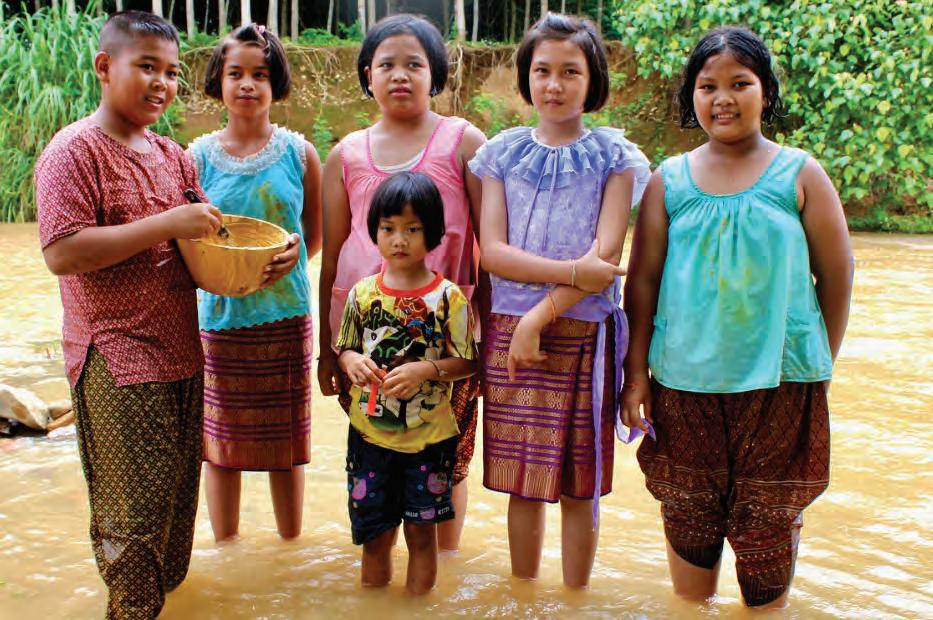
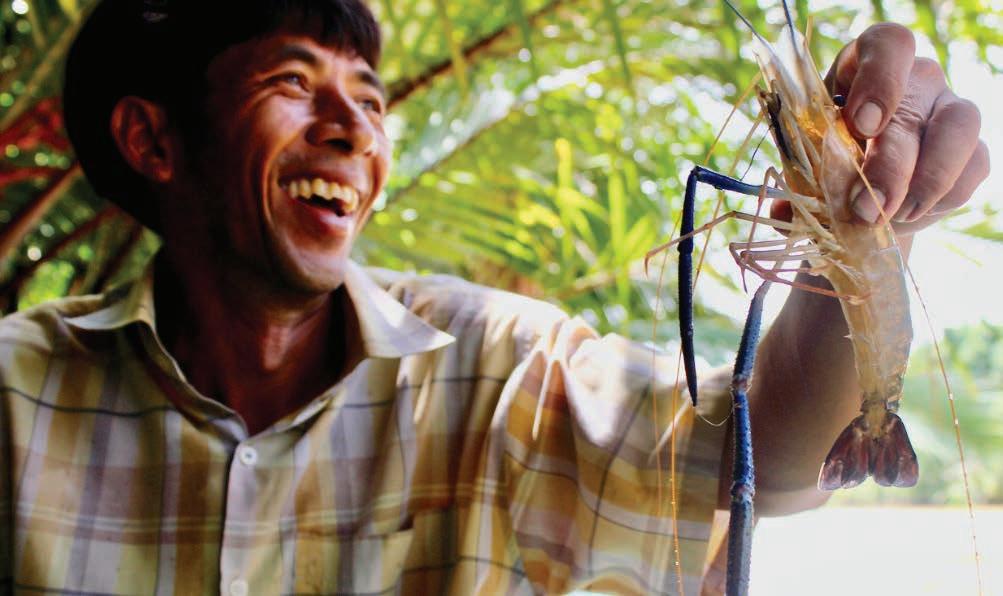
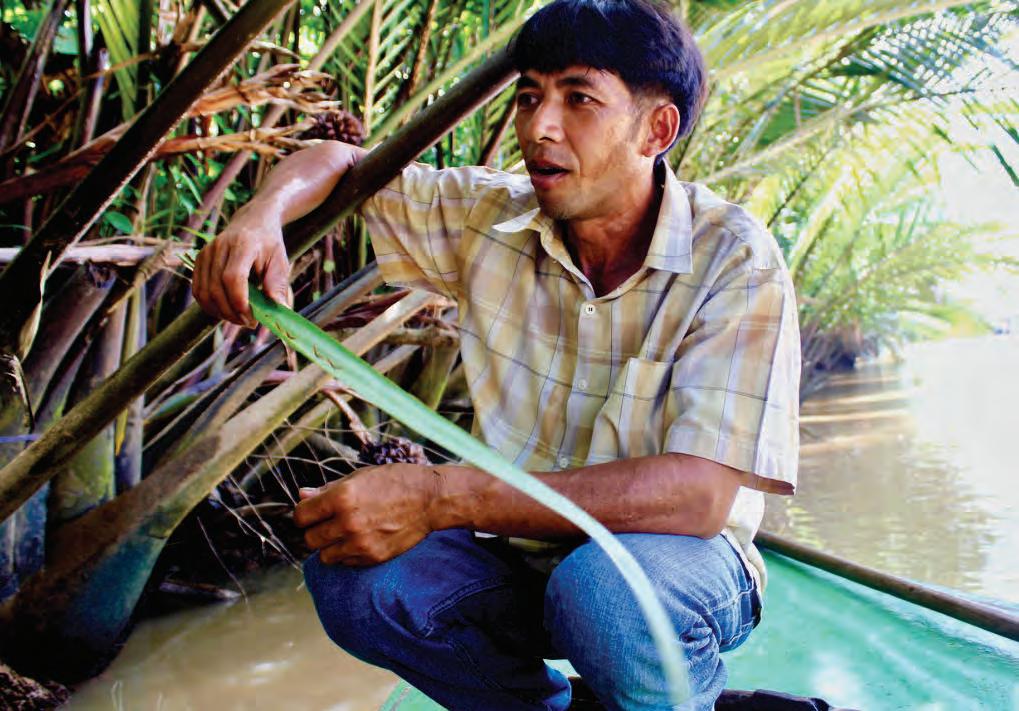
wild, and they replace everything that they pick with a new plant. They use natural products and herbs not only for their chicken coop saunas, but for food, soaps, exfoliating scrubs, massages, and even these little inventions called sniffing jars, which are filled with herbs and spices that have a wonderfully refreshing aroma.
Huai Raeng Community
All of the communities will touch you in different ways, yet the sense of space and calm in the wooded Huai Raeng farming district stands out. Referred to as the ‘Land of Three Waters’, the fertility of the land and success of their agricultural projects is due to a combination of fresh, brackish, and saltwater on the river. Here they demonstrate respect and gentle coexistence with nature and the environment.
Take a cruise on the Khlong canal to see how they harvest palm leaves and catch prawn for consumption. Make betel palm leaf wraps, a traditional lunch pack with rice, salty eggs, walnuts, onion, pineapple. Also learn about the production of coconut oil and mangosteen soap and taste the delicious freshly hacked open palm fruit, which resembles litchi in flavour and texture.
Nam Chiao Community
Ban Nam Chiao is a living and working community complete with schools, places of worship, markets and the trimmings of modern-day life that has motorbikes weaving along the narrow lanes. Here too, a community of Muslims and Buddhists that has successfully maintained a traditional way of life, living peacefully with an ancient temple a short walk from the 200-year-old mosque.
Situated on the canal lined with colourfully decorated boats, they have been involved in culinary based tourism for 11 years and have now branched into the sustainable sector. One of the best ways to appreciate life at Ban Nam Chiao and the work of the fishermen is by longboat out to the
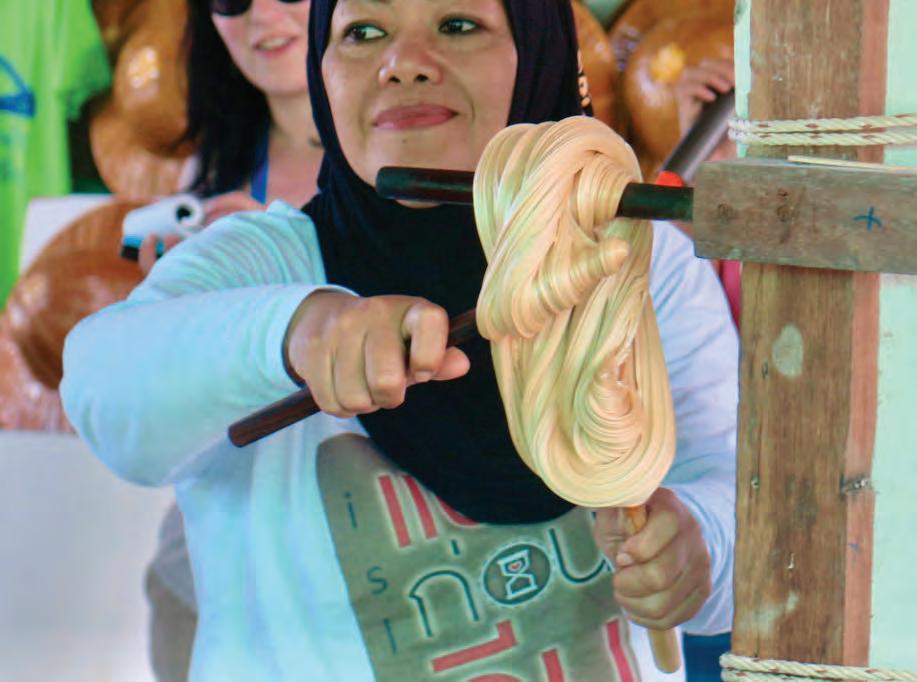

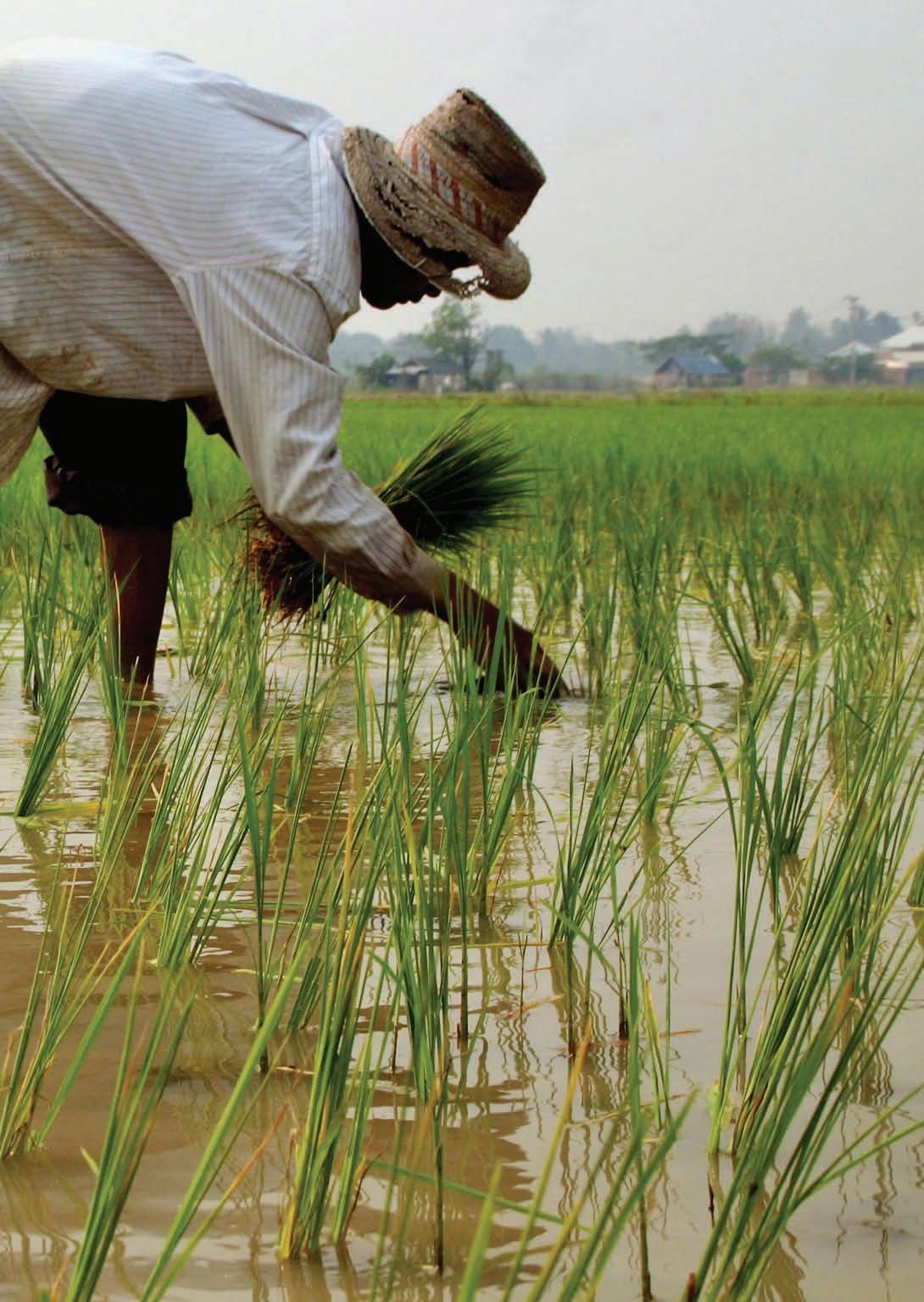
estuary with views of Ko Chang in the near distance. In the shallow waters, you can try your hand at catching the local delicacy, long-tongue crabs that live in the thick mud below the surface.
Back at the village, you have the opportunity to enjoy a cooking demo and eat the catch of the day, as well as learn how to make tang may, a delicious crispy caramel treat.
A highlight will be the weaving of a hat called Ngop Nam Chiao made from palm leaves that grow in the nearby mangrove forests and for which the area is known. Highly recommended is the cycle tour around the village.
Bangkok, City of Angels
From here I returned to Bangkok and this vibrant city that never sleeps. The Chao Phraya River running through the centre, traffic pulsating and public transport ranging from The Skytrain (BTS) and underground (MRT) rail systems to river taxis and express boats for easy access to the many sites and attractions.
Of the must-see attractions, is the Grand Palace and Emerald Buddha Temple where on a 60 acres property in the heart of the city, in 1782 the first King of Thailand started construction of these incredible temples and palaces with their intricate detail, mosaic, Buddhas, turrets and bells.




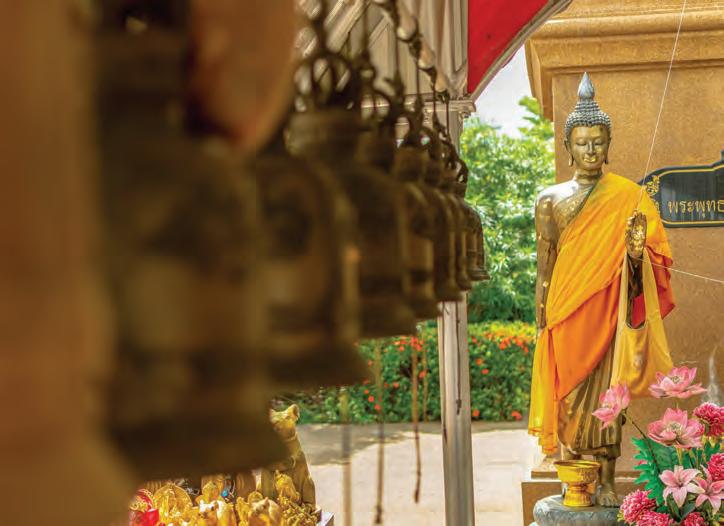
The mythical animals command your attention and you’ll be marvelled by the beauty. Allow plenty of time and don’t get tricked. There are often ‘guides’ on the street here trying to con you into paying for entrance or a tour, there is no reason, find the entrance that is ALWAYS open and walk yourself around.
Take a day trip to visit the Wihan Phira Mongkhon Bophit Tempel at Ayutthaya, the first capital of Thailand and holder of the status for 417 years. An incredible depiction of how life was and insight into the much-revered royal family. The bronze Buddha inside offers serenity and blessings and the groups of school children visiting a look at the future.
We walked the ruins of Wat Phira Si Samphet with its ancient turrets, stairs, towers and walls. Took a long boat down the river and walked around the grounds of the Kings Summer Palace with its detailed buildings and topiary filled landscaped gardens and the surrounding village is well-developed with some good markets to shop at.
How to get there
Many of these villages mentioned are not that easily accessible without the help of somebody on the ground and we recommend Local Alike, a Thai-based social enterprise that assists with developing authentic eco-tourism while offering support to the communities they visit.
Note. Access to Trat is conveniently serviced by daily direct return flights to Bangkok.
First published by Dawn Jorgensen in: www.theincidentaltourist.com
